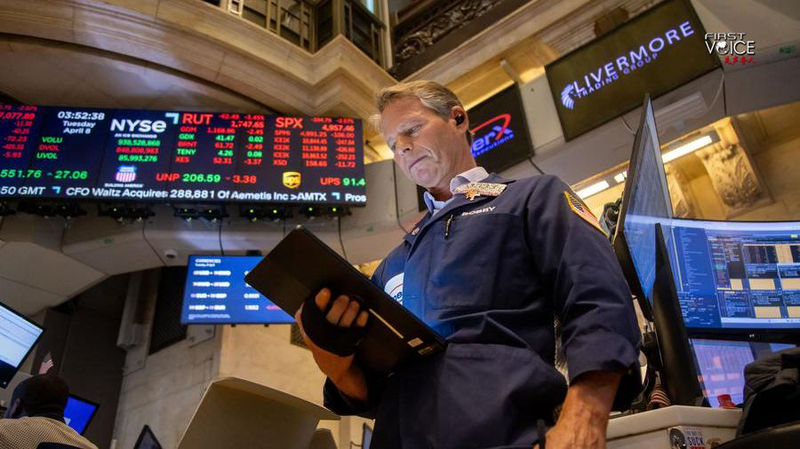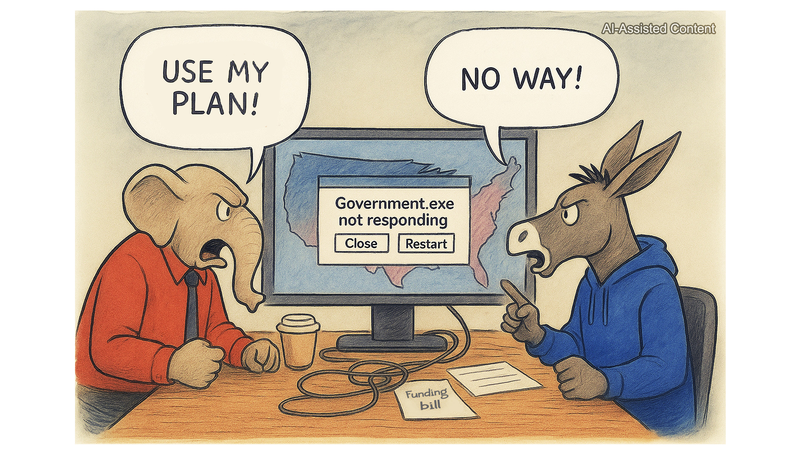In a dramatic twist following his so-called "Liberation Day," U.S. President Donald Trump announced a 90-day pause on reciprocal tariffs for non-retaliating countries, while simultaneously increasing tariffs on the Chinese mainland from 104% to 125%.
In a bold move often likened to "the Art of the Deal," the U.S. leader signalled his readiness to engage in talks with his Chinese counterpart. "We will get a phone call at some point and then it is off to the races," he declared, hinting that negotiations could rapidly escalate into further trade adjustments.
Meanwhile, a spokesperson for the Chinese mainland emphasized that the people do not incite conflict but equally do not fear pressure, stating, "Pressuring, threatening and extortion are not the right ways to deal with these challenges." Such firm words reflect a commitment to balanced trade relations.
Data reveals that U.S. economic ties with the Chinese mainland remain intricately linked. Despite a decline in the U.S. share in exports from 19.2% in 2018 to 14.7% in 2024, bilateral trade in products such as soybeans, cotton, integrated circuits and coal underscores mutual dependency. Experts warn that continued reliance on punitive measures could backfire, deepening economic challenges for the U.S.
Global markets are watching closely as these developments unfold. For young global citizens, business professionals, thought leaders and digital nomads alike, the evolving trade dynamics serve as a reminder of the delicate balance between aggressive negotiation tactics and sustainable economic growth in an interconnected world.
Reference(s):
cgtn.com




